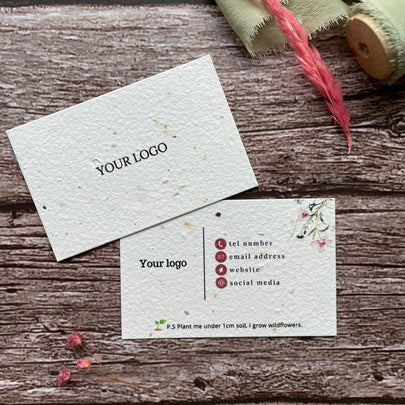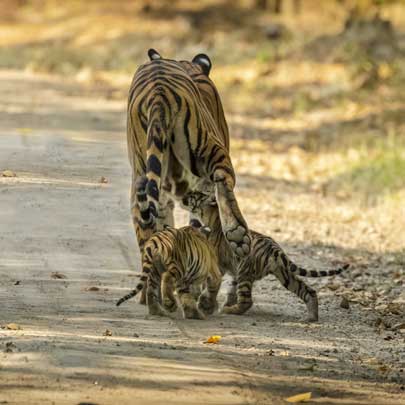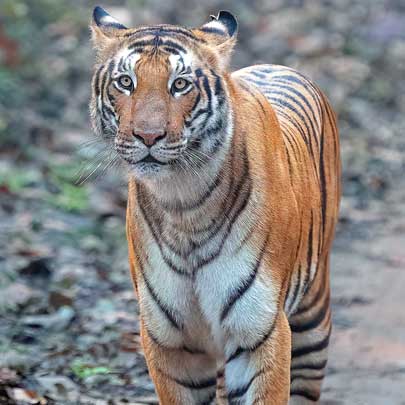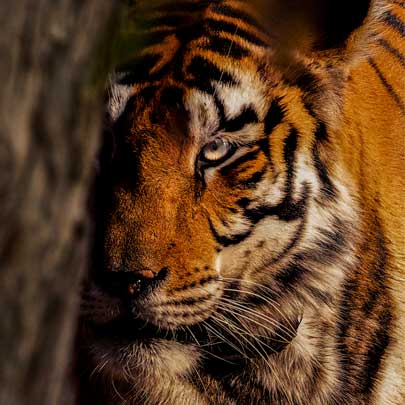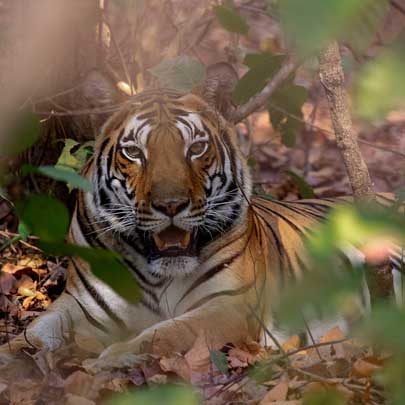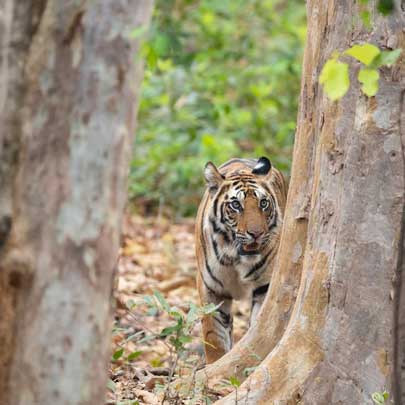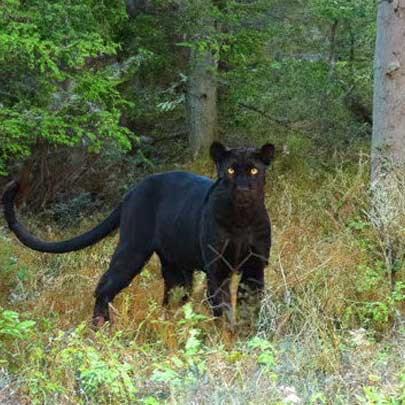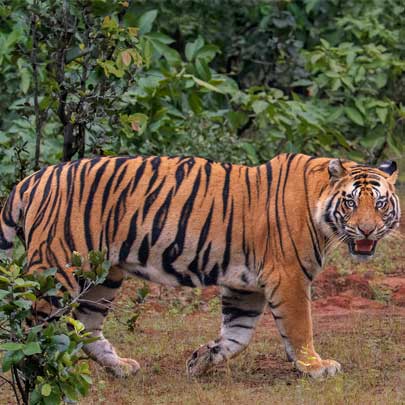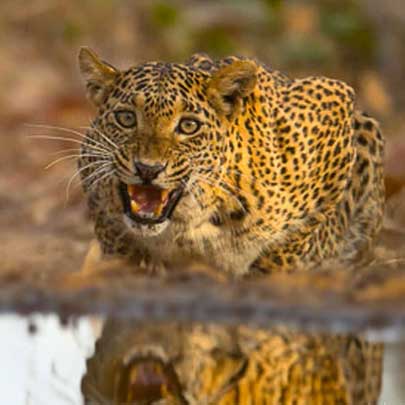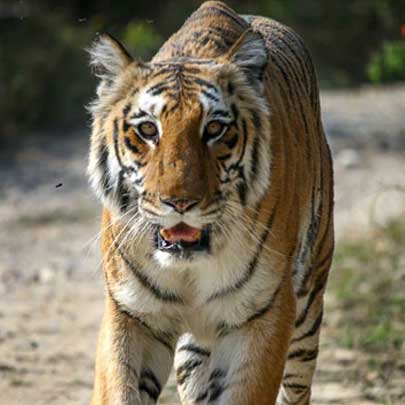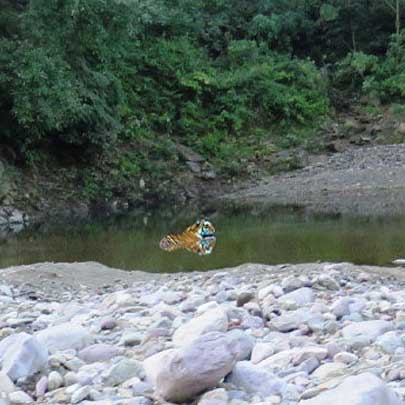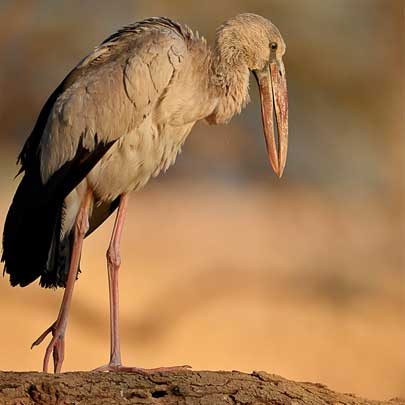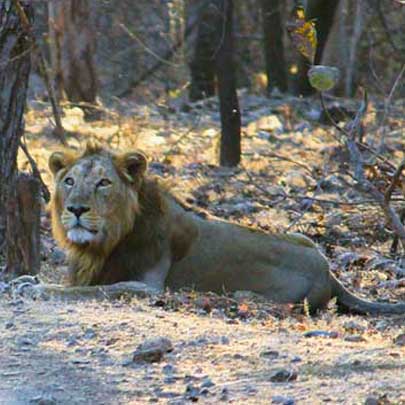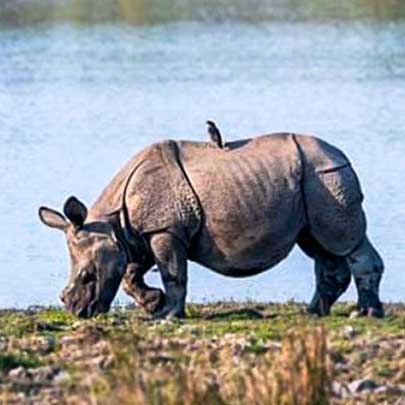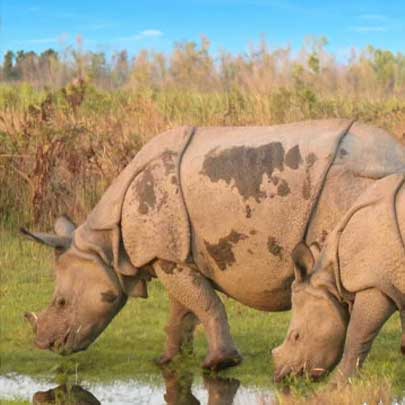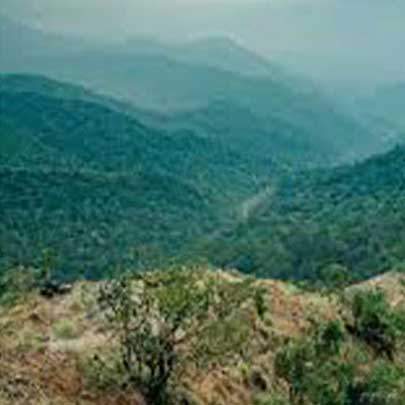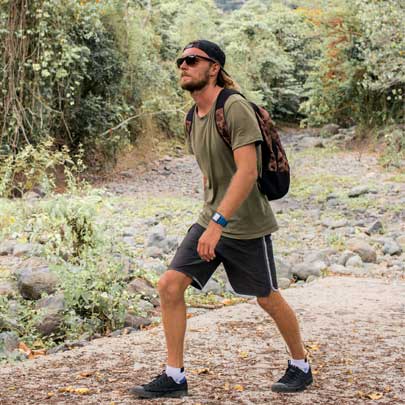Responsible Wildlife Tourism: How To Travel Without Harming Nature
Responsible Wildlife Tourism: How To
Travel Without Harming Nature
Introduction
In today’s fast-paced world, the yearning to reconnect with nature has become stronger than ever. People travel across continents to witness majestic tigers in India’s forests, hear the songs of exotic birds, and feel the serenity of untouched wilderness. But as wildlife tourism grows, so does its environmental footprint. The challenge is clear — how can we explore nature without damaging it?
That’s where responsible wildlife tourism comes in. It’s not just about spotting animals in their natural habitat — it’s about ensuring that our presence doesn’t disturb them or harm their ecosystem. Responsible tourism focuses on preserving nature, empowering local communities, and promoting ethical wildlife experiences.
One such destination that beautifully embodies these principles is Wildlense Wild Retreat, an eco-conscious property designed for travelers who want to experience the wild responsibly while supporting nature conservation.

🌱 What Is Responsible Wildlife Tourism?
Responsible wildlife tourism is a sustainable form of travel that ensures that tourism activities do not harm wildlife or their habitats. It emphasizes the protection of ecosystems, animal welfare, and the economic and social well-being of local communities.
Unlike traditional mass tourism, responsible wildlife travel encourages:
-
Respecting natural habitats
-
Observing wildlife from a safe distance
-
Avoiding activities that exploit animals
-
Reducing pollution and waste
-
Supporting conservation and local livelihoods
When done right, it allows travelers to enjoy nature’s beauty while ensuring its protection for generations to come.
🐾 Why Responsible Tourism Matters
The rise in eco-tourism and wildlife experiences has been a double-edged sword. On one hand, it brings awareness and funds for conservation. On the other, it can lead to overcrowding, pollution, and stress for wildlife if not managed responsibly.

Here’s why responsible wildlife tourism is crucial:
-
Preserves Natural Habitats:
Irresponsible tourism often leads to habitat destruction. Responsible tourism practices ensure minimal impact on forests, water bodies, and wildlife zones. -
Protects Animal Welfare:
Ethical travel discourages activities like animal rides, photo ops with captive animals, or feeding wildlife. Animals should be admired in their natural setting — not used as entertainment. -
Empowers Local Communities:
Responsible tourism creates sustainable income opportunities for locals through eco-lodges, guiding services, and handmade products. This reduces dependence on harmful activities like poaching or logging. -
Supports Conservation Efforts:
Many eco-tourism destinations reinvest a portion of their profits into wildlife protection, habitat restoration, and awareness programs. -
Promotes Environmental Awareness:
Travelers gain deeper insights into ecological balance and often return home as advocates for nature conservation.
🌳 Wildlense Wild Retreat: A Haven for Ethical Wildlife Travelers
If you’re searching for a destination that blends comfort with conscience, Wildlense Wild Retreat is the perfect example of eco-friendly wildlife tourism in India.
Located near pristine forest regions, Wildlense Wild Retreat offers travelers a chance to connect with the wild responsibly. From eco-lodging to guided safaris led by conservation experts, every aspect of the retreat reflects sustainability and respect for nature.
What Makes Wildlense Wild Retreat Unique?
🌿 Eco-Sensitive Design:
The retreat is built using locally sourced, eco-friendly materials that blend seamlessly with the natural surroundings.
🦜 Guided Ethical Safaris:
Wildlense ensures that all wildlife safaris maintain safe viewing distances and follow government-regulated routes — ensuring minimal disturbance to animals.
🌞 Sustainable Practices:
Solar energy, rainwater harvesting, and waste recycling are part of daily operations. Guests are encouraged to minimize single-use plastics and conserve resources.
🌾 Community Engagement:
The retreat works closely with local communities, providing employment and supporting conservation education programs.
🌺 Nature-Based Experiences:
From birdwatching to nature trails, each activity is designed to foster a sense of respect and harmony with the environment.

By staying at Wildlense Wild Retreat, travelers become a part of the conservation journey — contributing directly to wildlife protection and sustainable development.
🐘 How to Practice Responsible Wildlife Tourism
Traveling responsibly doesn’t mean giving up comfort or adventure — it means making informed, conscious choices. Here are key ways you can ensure your wildlife travel benefits nature rather than harming it:
1. Choose Ethical Destinations and Operators
Always pick tour operators or lodges committed to eco-friendly and ethical practices, such as Wildlense Wild Retreat. Look for certifications or transparent conservation efforts.
2. Observe Without Interfering
Keep a safe distance from animals. Avoid feeding, touching, or calling out to them. Even minor disturbances can stress wildlife or alter their natural behavior.
3. Say No to Exploitative Attractions
Avoid activities involving captive animals — like elephant rides, selfies with tigers, or dolphin shows. True wildlife experiences happen in the wild, not in captivity.
4. Reduce Plastic and Waste
Carry reusable bottles, eco-bags, and biodegradable products. Leave no trace behind — take your waste back or dispose of it properly.
5. Respect Local Culture and Communities
Learn about local traditions and engage respectfully. Buy local products and support community-run initiatives.
6. Stay in Eco-Friendly Accommodations
Eco-lodges like Wildlense Wild Retreat minimize environmental footprints through sustainable architecture and resource management.
7. Be Mindful of Energy and Water Use
Simple actions like reusing towels, switching off lights, and limiting water use help conserve resources.
8. Educate Yourself and Others
Understand the ecosystems you visit. Share your responsible travel experiences to inspire others to do the same.
🌍 The Positive Impact of Responsible Wildlife Tourism
When travelers embrace responsible tourism, the ripple effect is powerful. Let’s look at the positive changes it brings:

🦋 Conservation Boost
Entrance fees, eco-lodge stays, and guided tours fund anti-poaching initiatives and habitat restoration programs.
🦚 Economic Upliftment
Local people benefit through sustainable livelihoods, reducing dependency on environmentally harmful industries.
🌾 Habitat Restoration
Tourism revenue often supports reforestation and the protection of endangered species.
🌼 Education and Awareness
Travelers learn about ecosystems, which cultivates empathy and long-term advocacy for conservation.
🐾 Animal Protection
Responsible tourism discourages exploitation and encourages ethical wildlife encounters that respect animal freedom.
🌄 The Role of Travelers in Conservation
Every traveler plays a role in shaping the future of our planet’s biodiversity. By choosing eco-conscious destinations like Wildlense Wild Retreat, you directly contribute to:
-
Wildlife protection
-
Local community development
-
Climate change mitigation
-
Sustainable tourism growth
Being a responsible tourist isn’t about perfection — it’s about mindful action. Small, conscious choices lead to a big difference.
🌞 Wildlense Wild Retreat: Where Conservation Meets Comfort
At Wildlense Wild Retreat, luxury meets sustainability in the heart of nature. Whether you’re a passionate birder, wildlife photographer, or a traveler seeking peace away from the city — this retreat offers an immersive experience grounded in ethics and ecology.
Here, you don’t just witness the wilderness — you become part of its preservation story.
By choosing to stay at Wildlense, you’re helping:
-
Reduce the carbon footprint of tourism
-
Support conservation-based livelihoods
-
Spread awareness about responsible wildlife travel
Wildlense Wild Retreat stands as a beacon of hope for sustainable travel — showing that tourism and conservation can coexist beautifully.

🌿 Conclusion
Responsible wildlife tourism is not just a trend — it’s the future of sustainable travel. It empowers us to explore our planet with gratitude and responsibility. Every mindful traveler contributes to protecting fragile ecosystems, empowering local communities, and ensuring that wildlife thrives in its natural home.
By embracing responsible travel practices and supporting eco-conscious destinations like Wildlense Wild Retreat, we take a stand for the planet. Let’s choose experiences that nurture nature rather than exploit it, ensuring that future generations inherit a world as wild and wonderful as the one we cherish today.














